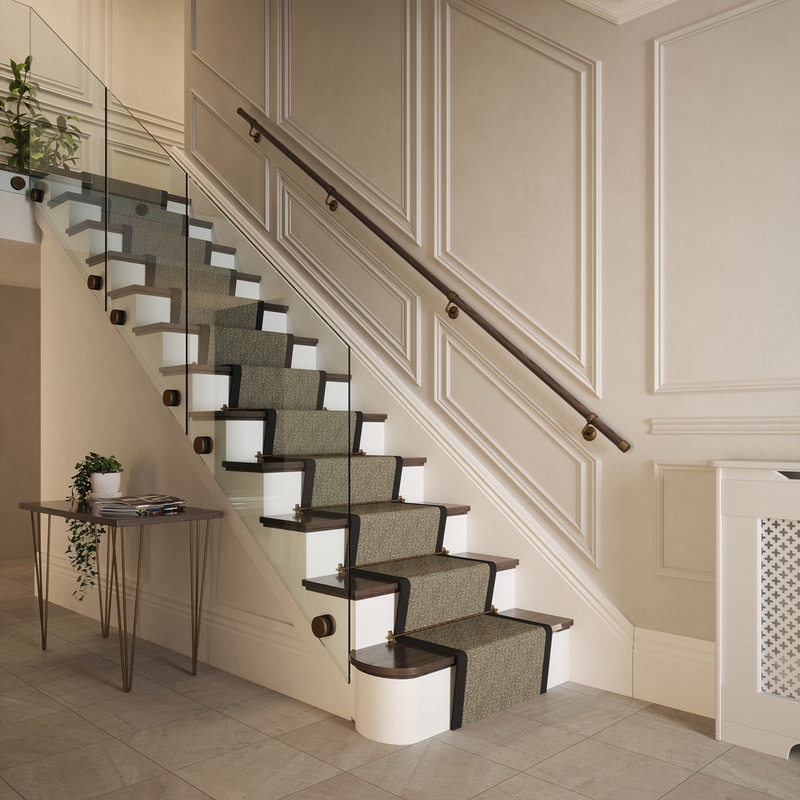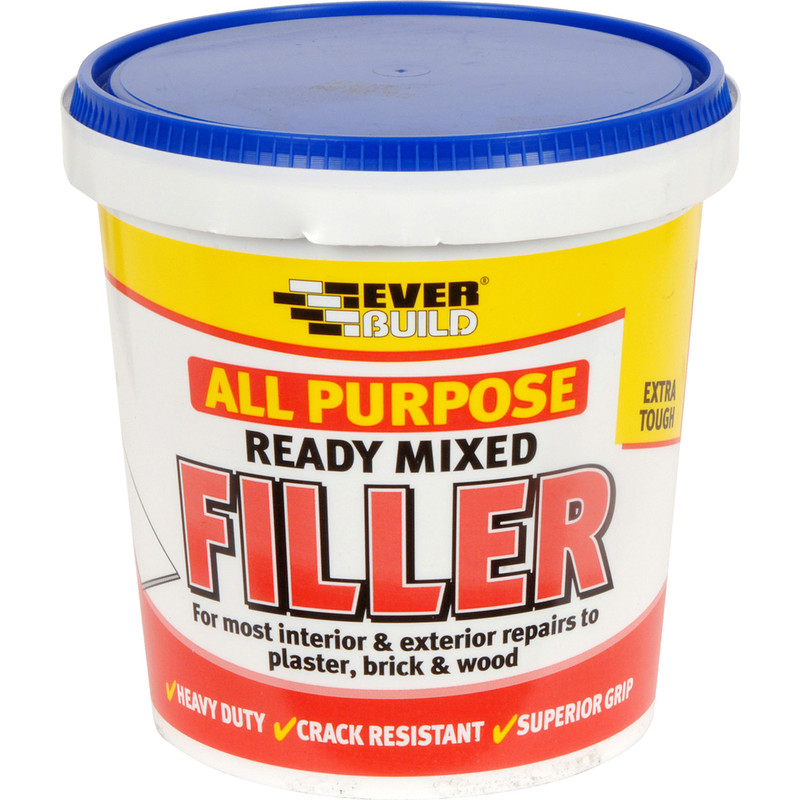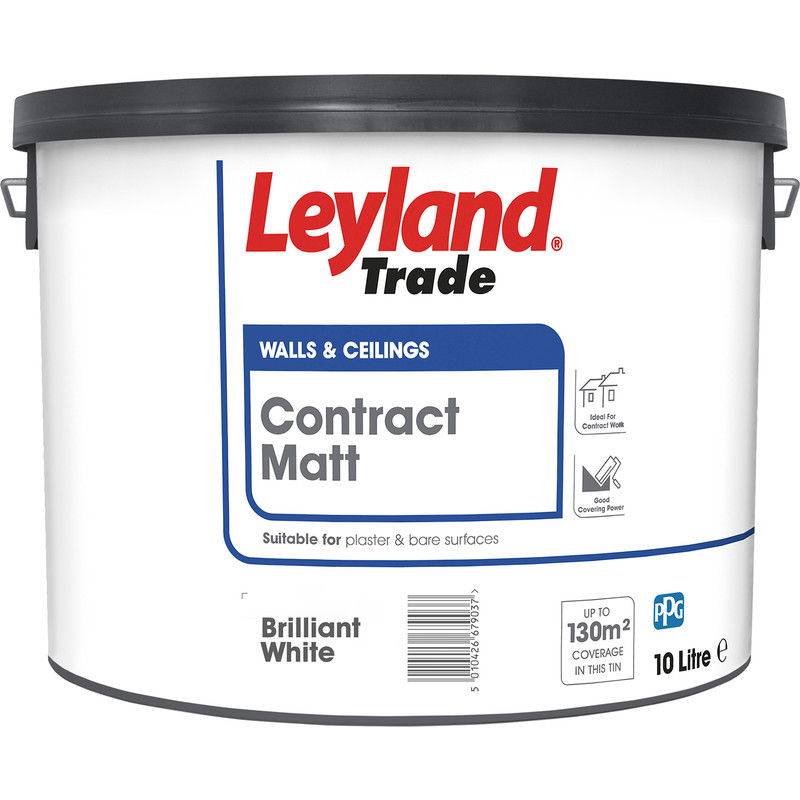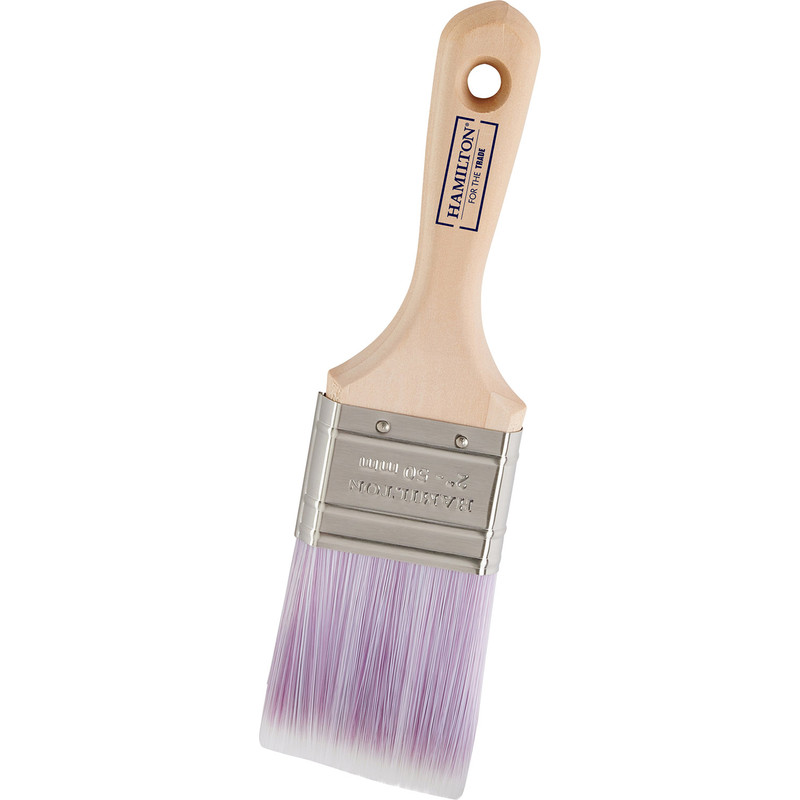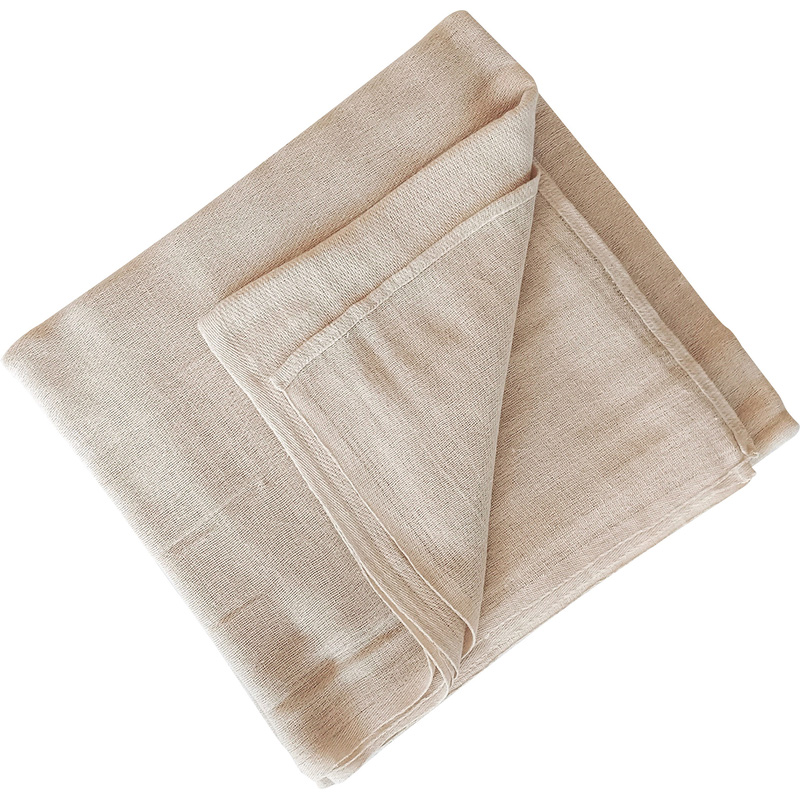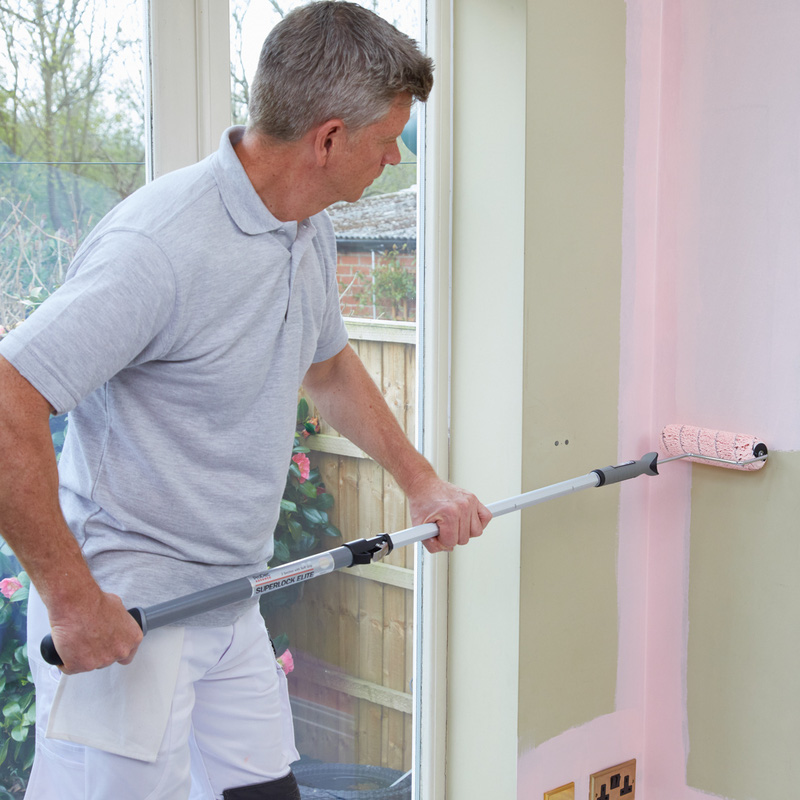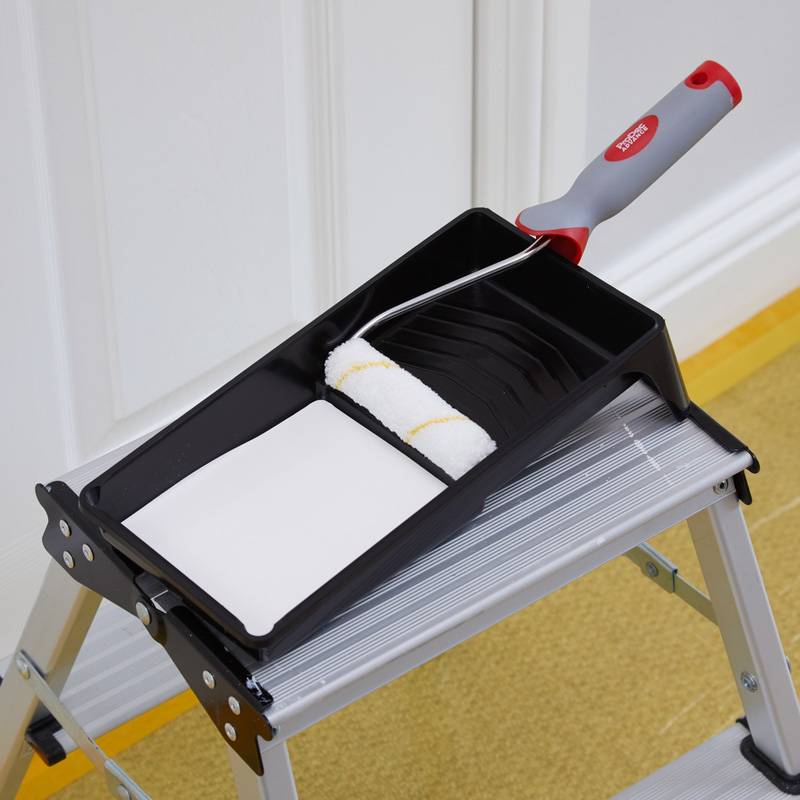A well-painted staircase can elevate the style of your home and make it more inviting and appealing. Whether you're looking to refresh an old staircase or add a touch of elegance to a new one, painting the spindles, handrails, and newel posts can make a significant difference. But the finer details can make it difficult to get a good finish.
Essential Tools & Equipment
If using a paint sprayer, you will also need some water for diluting the paint and cardboard for testing the consistency.
Step 1: Prepare & Sand Down The Surface
-
Put on safety glasses to protect your eyes from dust and paint splatters.
-
Before you begin painting, it's crucial to sand down all the surfaces to achieve a smooth base.
-
This will ensure the paint adheres well and provides a polished finish.
Step 2: Masking and Protection
-
If you're using a paint sprayer, use protective sheets or masking tape to the surrounding areas to prevent unwanted paint splatters.
-
This ensures that only the intended parts get painted.
Step 3: Fill Any Holes
-
Should there be any holes or imperfections, fill these with some filler.
-
Once dry, sand it down to ensure a smooth surface.
Step 4: Painting with a Brush
-
Apply the paint using a brush.
-
Initially, you might notice brush strokes, but these will even out as the paint dries.
-
To reduce the appearance of brush strokes, make sure to paint in the same direction.
Step 5: Using a Paint Sprayer
-
If you opt for a paint sprayer, dilute the paint by about 10%.
-
Test the consistency by painting on a piece of cardboard.
-
When spraying, hold the nozzle about four inches away from the surface and move it continuously up and down.
Step 6: Apply Multiple Coats
-
After applying the first coat, let it dry for four to six hours, or according to the manufacturer's guidelines.
-
Then, you can proceed with a second coat.
-
For the best results, lightly sand down between coats for better adhesion.

